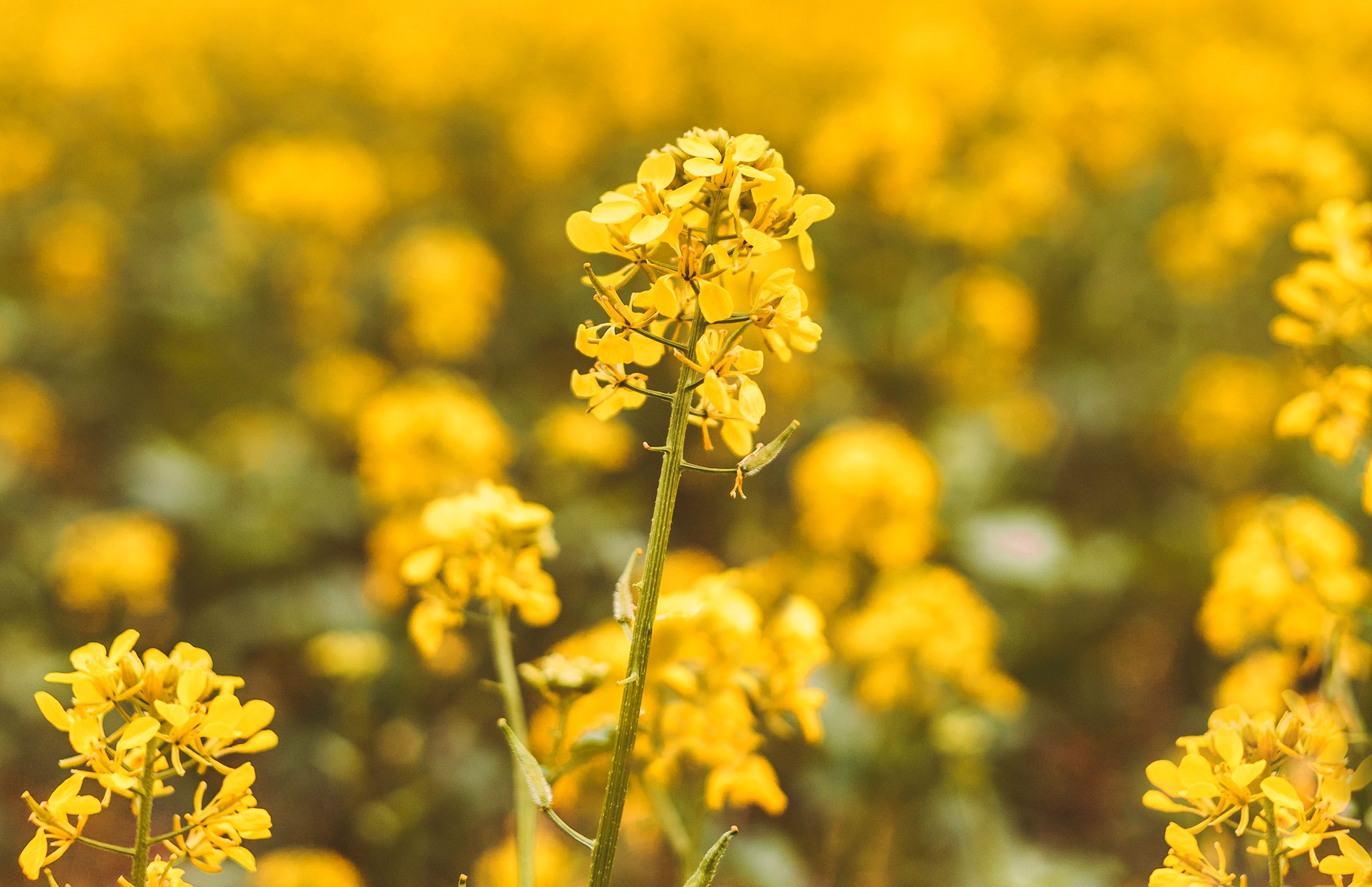
Improved mustard systems
Plot level Diversification
Overview
This pathway is being implemented in the villages of Rajbari Purbo Para and Uttor Berubondo in the Shimulbari area, with the vision to increase production area and yield through the adoption of improved production technologies. Mustard is chosen as the key crop for this pathway due to its suitability for the local conditions, especially the medium highlands where it thrives. While highlands are often reserved for higher-value crops, mustard provides a reliable and profitable option, aligning with the government's focus on promoting mustard cultivation. Its low water requirements make it an ideal fit for the local environmental conditions, helping to conserve water resources, a critical concern in the region. Additionally, mustard cultivation faces low competition compared to other crops, and it benefits from existing government schemes and interventions from the Department of Agricultural Extension (DAE), which further supports its adoption. The crop's characteristics, such as its low water usage, ability to grow well in the region, and its alignment with national goals to boost mustard production, make it an economically viable and sustainable option for the local farmers. While other crops like pumpkin could also be considered, mustard stands out as the most reliable and strategically aligned choice for improving agricultural productivity in the project area.
Who is working in the Pathway
The partners implementing this pathway include RDRS, SAAO (Root Nodal Officer Extension of the Department of Agricultural Extension - DAE), CIMMYT, and GOVBD (Department of Agricultural Extension - DAE).
Activities
Planned Activities for the Mustard Cultivation Pathway
Understanding the Current Status of Backward and Forward Linkages for Mustard Inputs: Assess the current supply chains, including the availability of quality inputs like seeds, fertilizers, and agrochemicals, and the marketing pathways for mustard produce.
Identification of Gaps in Information and Extension Services: Conduct an analysis to identify existing gaps in agricultural knowledge and extension services, particularly related to mustard farming.
Identification of Quality Seeds: Evaluate the availability and quality of mustard seeds in the region, ensuring that farmers have access to high-yielding, disease-resistant varieties.
Identification of Gender Gaps: Assess the gender disparities in mustard cultivation, focusing on access to resources, information, and decision-making power.
Sensitization Meetings: Organize meetings with farmers and relevant government stakeholders to raise awareness about the benefits and potential of mustard cultivation.
Leaflet and Poster Distribution: Distribute educational materials such as leaflets and posters to provide farmers with information on mustard production technologies and best practices.
Exposure Visit: Arrange visits to successful mustard cultivation sites with high yields, enabling farmers to learn from successful models and apply them to their own farms.
Demonstration on Mustard Cultivation: Conduct field demonstrations in selected villages to showcase improved mustard farming techniques, such as land preparation, sowing methods, and pest management.
Demonstration of Variety Development at the Village Level: Implement variety development programs at the village level, demonstrating how different mustard varieties perform under local conditions.
Learning Classes and Field Demonstration: Organize 2 3-day training packages for 20 farmers (both men and women) that combine classroom learning with hands-on field demonstrations.
Government Interest in Mustard Promotion: Leverage existing government programs promoting mustard cultivation as an alternative to tobacco farming, driven by the price hike in soybean oil and the push for oilseed production.
Regular Extension Services: Arrange for regular field visits by the SAAOs (Subject Matter Specialists) to provide advisory services and technical support to mustard farmers.
Linkages Between Local Traders and Farmers: Facilitate meetings between local traders and farmers ahead of harvest to establish better market linkages and ensure fair pricing for mustard produce.
Results for each year – achievements and what we have learned
In the first year of the mustard cultivation pathway in Shimulbari area, significant progress was made in building farmer capacity and promoting mustard farming. A total of 60 farmers were trained through hands-on sessions, and 10 group meetings were conducted to discuss farming practices and share experiences. Extension materials, including one informative leaflet, were prepared to aid in spreading knowledge about mustard cultivation techniques. Additionally, two field demonstrations were organized to showcase best practices, while two field days allowed farmers to observe successful mustard farming in action. Seed distribution was carried out through the Department of Agricultural Extension (DAE), with 60 farmers receiving seeds. Fertilizer support was also provided through DAE linkages, further enhancing the resources available to farmers for successful mustard cultivation. These activities helped establish a strong foundation for mustard farming in the region, with farmers showing increased awareness and readiness to adopt improved practices.

Case Study Report
Mustard Cultivation
Farm Household Livelihood Diversification: Trade-offs & Synergies

